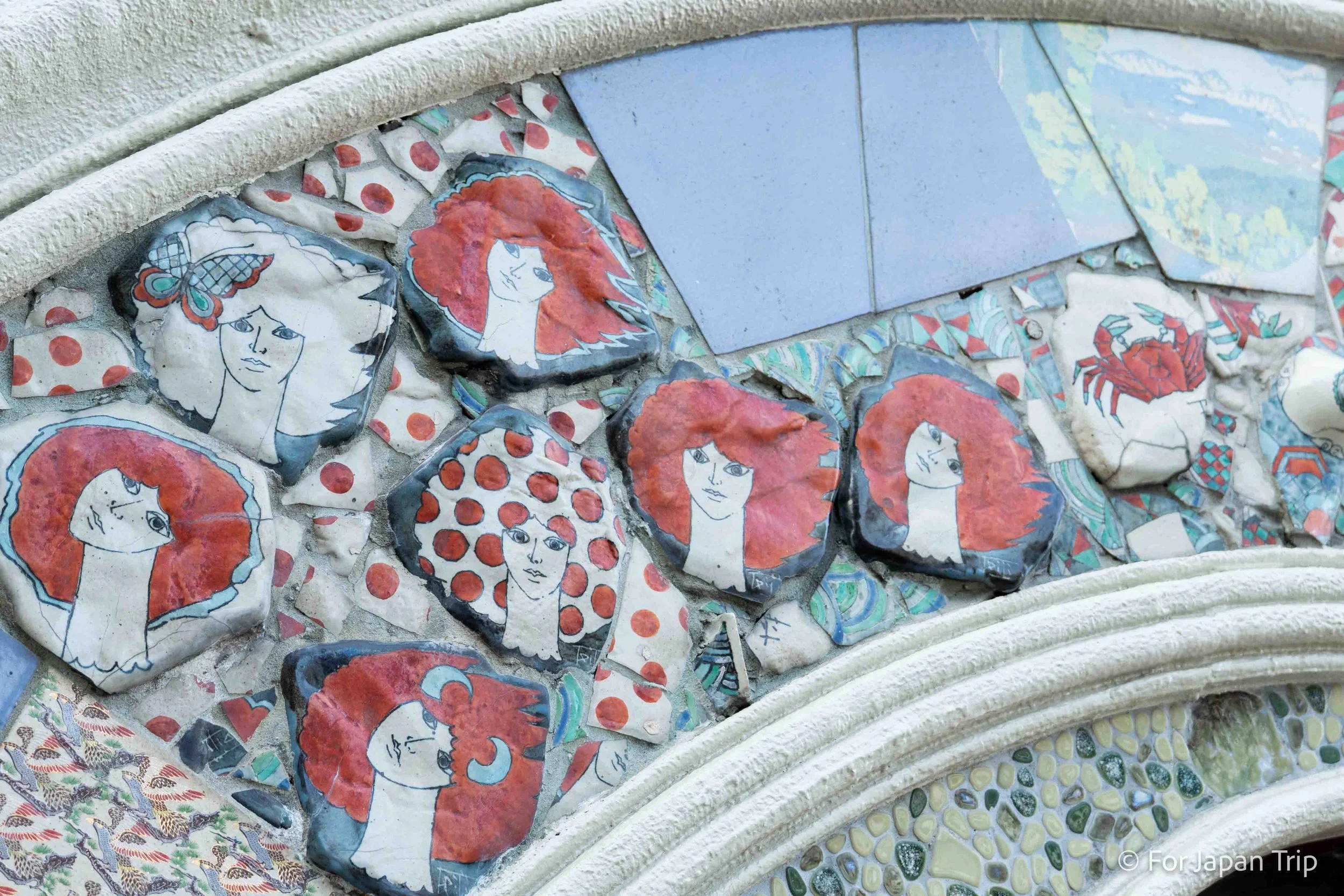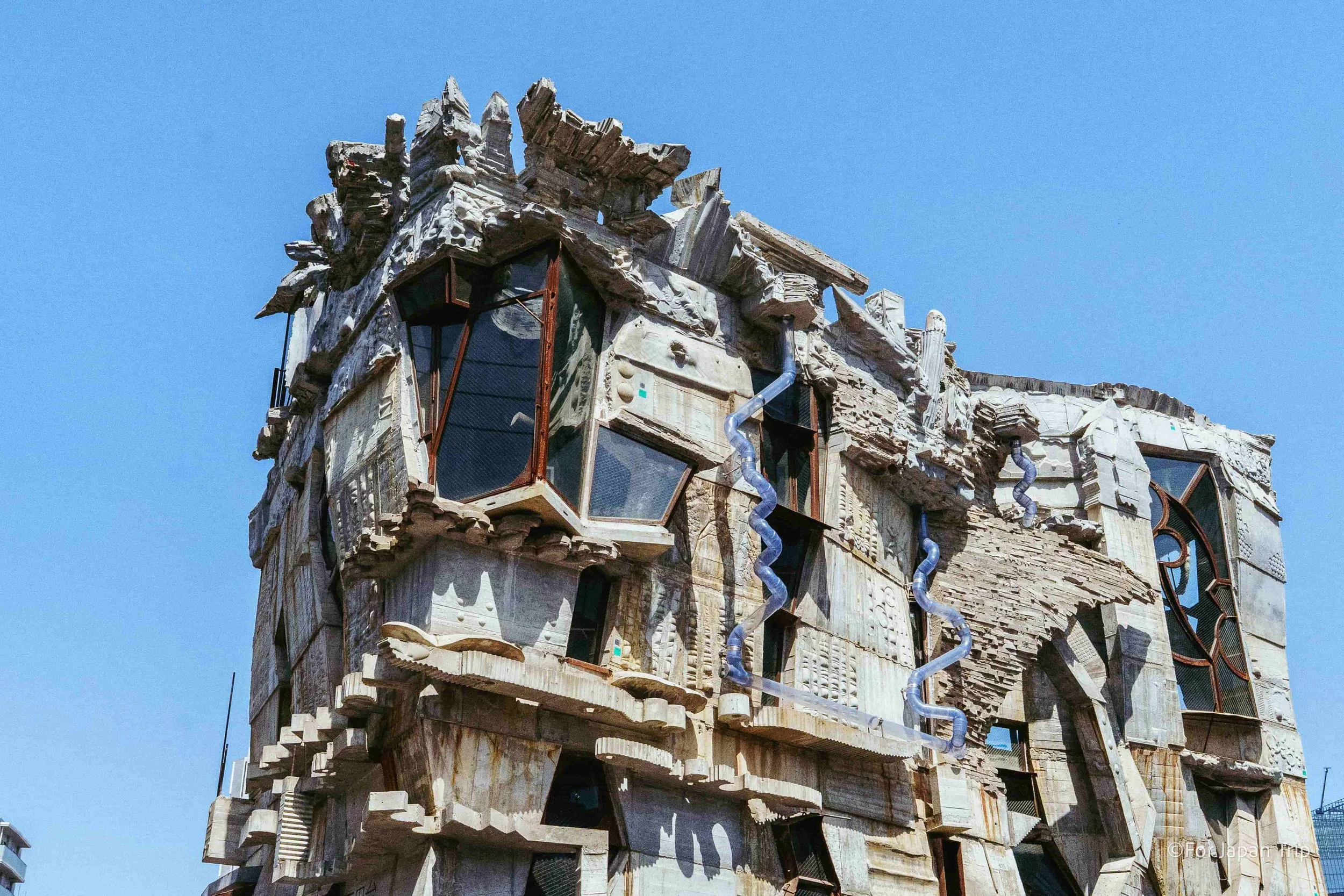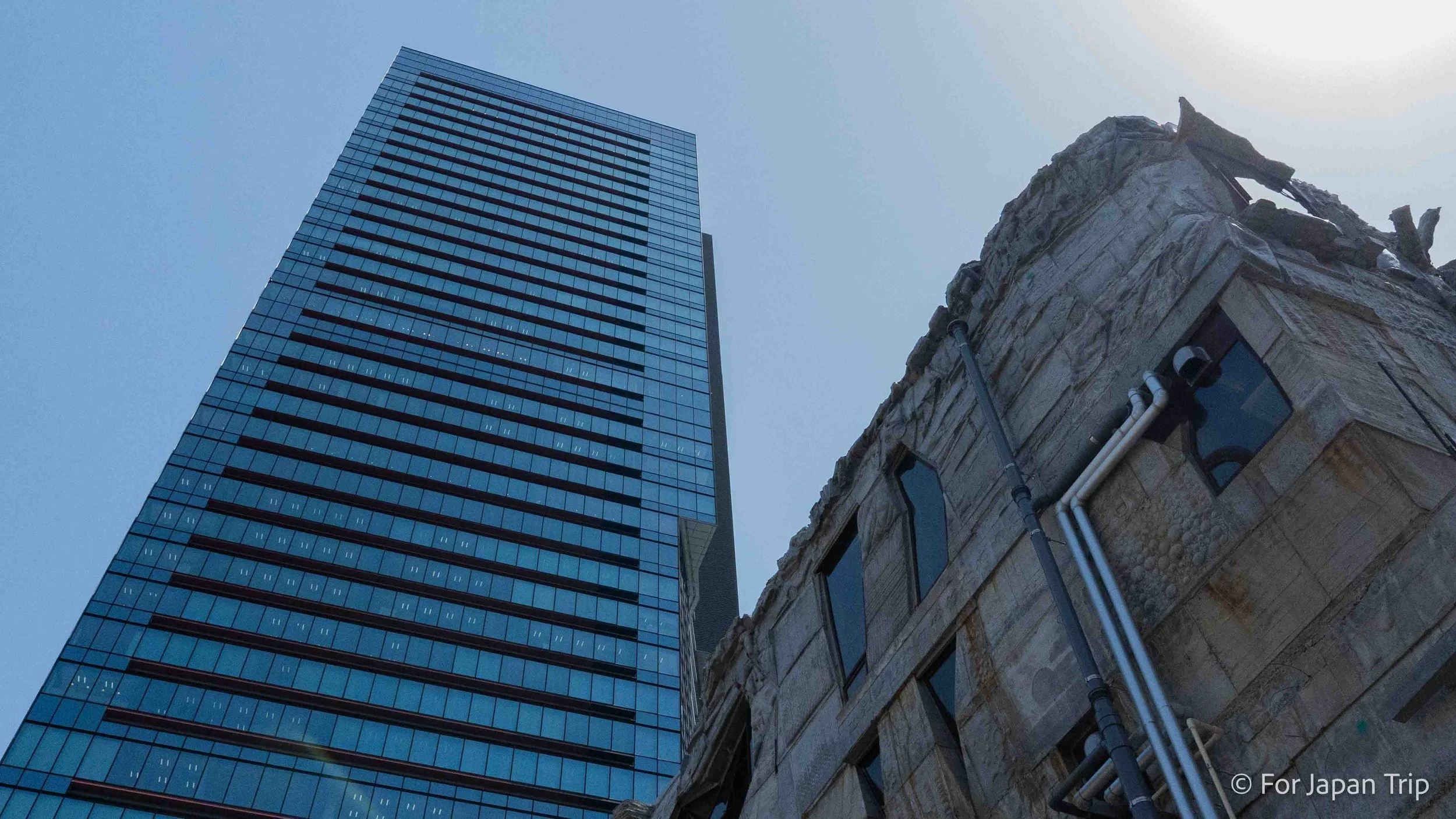3 Architectures to visit in Tokyo
※updated on July 8 2025
As you walk through the streets of Tokyo, you’ll sometimes come across buildings with unusual shapes, eye-catching designs, or even luxurious homes that resemble art museums. Discovering these unique architectural gems is one of the many joys of exploring the city on foot. In particular, public facilities or corporate buildings may involve well-known architects, whose creativity and distinctive style are reflected in the structures. For many people, the striking appearance of a building sparks curiosity, leading them to develop a deeper interest in architecture.
Tokyo is one of Japan’s most historic cities. As a result, traditional buildings can still be found throughout the city. These structures are not only appreciated by modern-day residents but also attract domestic and international tourists, contributing to the revitalization of local communities.
Japan is a country with four distinct seasons. In spring, cherry blossoms paint the city pink; in winter, serene snowy landscapes emerge. Tokyo, as one of Asia’s leading economic hubs, is home to around 14 million people and boasts a skyline filled with high-rise buildings. Yet, remnants of traditional estates and gardens are still scattered throughout the metropolis. A deep respect for nature and harmony with the surrounding landscape is a key element of Japanese architecture, offering a striking contrast to the urban setting.
Japan is also one of the most earthquake-prone countries in the world, located at the junction of four major tectonic plates. Because of this, all buildings must comply with strict safety standards, and incorporate advanced earthquake-resistant and seismic isolation technologies. While this has led to a certain level of uniformity in city architecture, sometimes making buildings appear similar or lacking in individuality, it also speaks to a culture of safety and resilience.
Japan has long held a deep appreciation for simplicity and tranquility. Unlike the ornate and decorative styles often seen in European architecture, Japanese buildings tend to favor minimalism, geometric beauty, and the deliberate omission of excess. This aesthetic continues to influence modern architecture in Japan today.
In this way, Tokyo is home to a wide variety of distinctive buildings that reflect the country’s natural environment, cultural values, and even Western design influences. These structures blend tradition with innovation, resulting in a rich and visually fascinating urban landscape.
In this article, we’ll introduce 3 unique buildings in Tokyo that are well worth visiting.
1) Dorado Waseda
Just a 5-minute walk from Waseda Station on the Tokyo Metro Tozai Line, and near the prestigious Waseda University, lies a building that looks like it belongs in a European fairytale. Unlike anything around it, Dorado Waseda transports visitors to another world with its dreamlike, artistic architecture. Blending art and architecture, this striking building has become a social media sensation, attracting both domestic and international attention for its photogenic charm.
What makes Dorado Waseda truly special is its fantastical design. Inspired by the whimsical, organic style of Spanish genius Antoni Gaudí, the building features flowing curves, stained-glass-style windows, and delicate ornamentation throughout. The entire structure feels like a work of art rather than a typical residential building.
Dorado Waseda was designed by Bon Juko, a Japanese artist-architect known for creating the “Dorado” series. His unique concept blends everyday living with artistic expression, making the building both a residence and an immersive art experience. In Japan, where simple and minimalistic architecture is common, Dorado Waseda’s dramatic curves and intricate details make it stand out in the urban landscape. While the building has a harmonious overall look, a closer inspection reveals an array of vibrant colors and design elements that change depending on your perspective.
Another signature feature is the many sculptures integrated into the building's exterior and interior. These include sculpted faces, a red-haired woman, a mischievous girl, and anatomical forms — each crafted with remarkable detail and artistic intention.
One of the most unforgettable elements is a giant hand sculpture located inside the building. Hanging from the ceiling, the hand gently touches the floor with its index finger, creating a surreal and slightly mysterious atmosphere. This large-scale artwork is popular among visitors, who often take photos with it — while being mindful not to disturb residents.
Dorado Waseda is more than just a residential apartment building. On the ground floor, you’ll find an art gallery and a cozy café, both open to the public. Visitors can enjoy art exhibitions or events, and take a break with coffee in an inspiring, art-filled space.
2) Arimaston Building
In the business district around JR Tamachi Station, surrounded by towering skyscrapers, there is one building that stands out dramatically from its modern urban surroundings. Located between iconic Tokyo Tower to the north and the futuristic Takanawa Gateway area to the south, this structure is not just a building — it’s a piece of living, evolving art.
Its name? Arimaston Building (Arimasu Tonbiru). A playful and poetic made-up word combining the sounds of “ant” (ari), “trout” (masu), and “kite” (tonbi), the name alone sparks curiosity. It's also a pun on the Japanese phrase “arimasu” (meaning “there is”) and the English word “building” (biru).
Designed and built by architect Keisuke Oka, this extraordinary structure is being constructed entirely by hand — by Oka himself. He mixes and pours the concrete without using steel reinforcement, shaping each layer by hand. Construction began in 2005, and after nearly 20 years, the building is still incomplete — but that’s the point. The idea of a “never-finished building” is part of its artistic vision. What at first glance might seem like a construction site is actually a powerful expression of persistence, imagination, and artistic defiance.
The Arimaston Building is the opposite of sleek modern high-rises. It features winding curves, irregularly shaped windows, and a rough, almost organic texture that comes from hand construction. Its design also responds thoughtfully to nature — incorporating rainwater flow, sunlight angles, and natural ventilation. It feels like the building is in constant dialogue with the environment, slowly merging with it over time.
Although not an official tourist attraction, the building has gained attention through social media and architecture blogs, drawing in a niche following of art lovers, architecture enthusiasts, and curious backpackers from around the world. In English, it is sometimes referred to as the "Arimaston Building", and is increasingly being recognized as a hidden gem among Tokyo’s offbeat sights.
3) Tokyo Budokan
Located in Ayase, Adachi Ward, Tokyo, the Tokyo Budokan is a remarkable architectural landmark designed with a deep respect for martial arts and harmony with its surroundings. This versatile facility hosts not only judo and other martial arts tournaments but also concerts and various events, making it a popular spot for both sports fans and cultural enthusiasts.
The building was designed by the Japanese architect Kijo Rokkaku and completed in 1990. It is highly regarded as a unique fusion of tradition and innovation.
One of its most striking features is the extensive use of triangles and sharp angles, giving the building a bold and heavy presence. Unlike typical martial arts halls, which often mimic traditional samurai residences or shrines, Tokyo Budokan takes a fresh aesthetic approach, avoiding one-dimensional symbolism.
The design incorporates the Japanese philosophy of "Unkai Sanjin" (meaning “Cloud Sea Mountain Man”), which emphasizes the relationship between natural phenomena—such as mountains, oceans, clouds, sky, and flowing water—and human spirit and culture.
Reflecting this philosophy, the building’s exterior is covered in distinctive rhombus-shaped panels that resemble molecular structures. This pattern is a key part of Tokyo Budokan’s iconic and original design.
Inside, the facility includes authentic martial arts halls for kendo, judo, karate, aikido, naginata, and more, along with training rooms, multipurpose halls, and conference rooms. The venue hosts domestic and international tournaments as well as training camps, serving as an important hub for sports and culture.
Tokyo is home to many unique buildings like Tokyo Budokan. The city offers more than just a landscape of glass-and-steel skyscrapers—it’s a place where architecture reflects rich history and culture. Exploring these structures can add a fascinating dimension to your visit to Japan.
Similar Content












